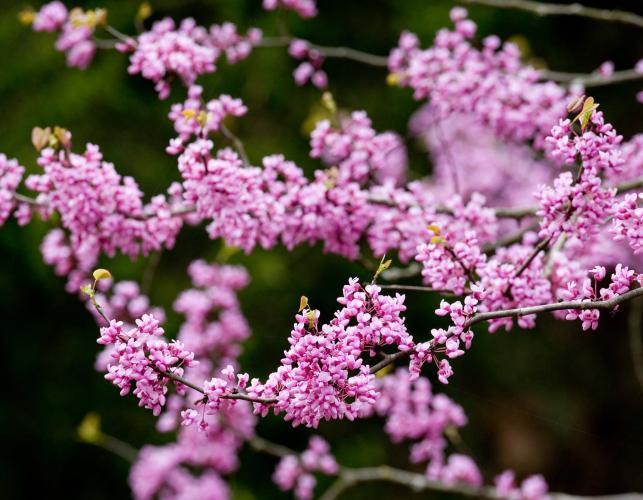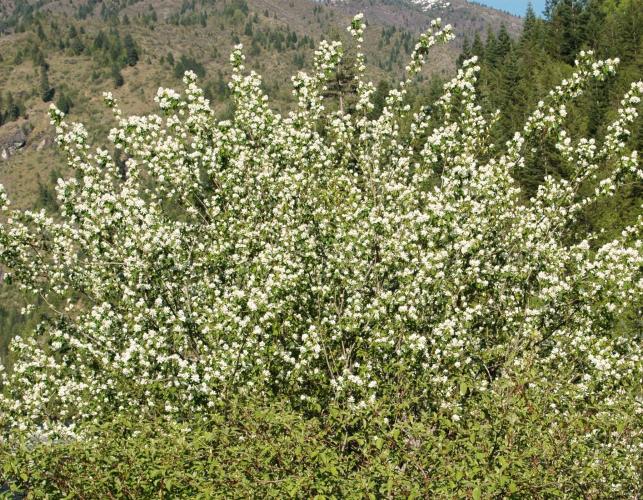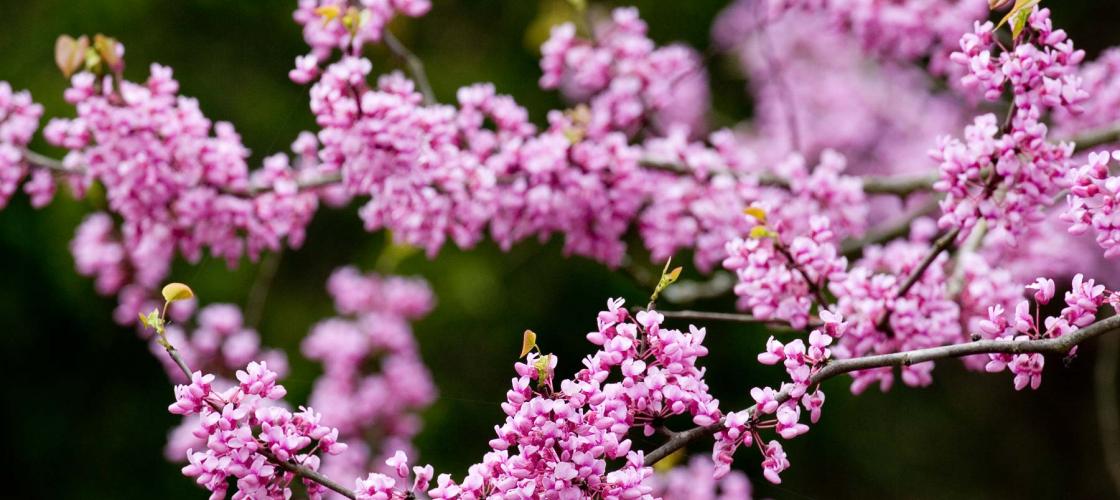There’s no doubt about it: Spring has officially sprung.
Brightly colored signs capture our attention along the roadway, informing us of what’s ahead. Springtime has a few signs of its own, and the early color of flowering trees is one of the brightest!
The serviceberry is the first tree to awaken the dormant forests. Masses of small white flowers appear as early as mid-March. The blossoms will later produce sweet, tiny apple-like fruits that are relished by raccoons, squirrels and birds. After a couple of weeks of splendor, the serviceberry’s white blossoms are joined by the magenta flowers of the eastern redbud. This popular tree is planted around our homes but also grows wild in forests.
In a typical year, we enjoy the peak of redbud flowering during April. Then, in mid-April, the flowering dogwood bursts onto the forest scene. Its great white blooms dominate the edge of forests. Popular as a landscaping tree, the dogwood blooms in both white and pink. The Ozark region is the heart of flowering dogwood country. Annual “dogwood festivals” are held in many Ozark communities.
Remember: When you need to know what’s ahead this spring, keep your eyes peeled for the serviceberry, redbud and dogwood… our very own “signs of spring.”
Budding and blossoming
- The serviceberry is increasingly used in landscaping for its showy white flowers and red fruit (which attracts birds).
- Serviceberries bloom for only a few weeks, but as early bloomers, they provide nectar to bees and other insects just emerging from winter hibernation.
- Redbud flowers are edible and can be eaten in salads, either raw or pickled; in Mexico, they are fried.
- The dogwood’s flowers are small, in clusters of 25–30, surrounded by four large white (sometimes pink) petal-like bracts.
Find out more about the area’s flowering trees in the MDC’s Field Guide.




Recent Posts
























